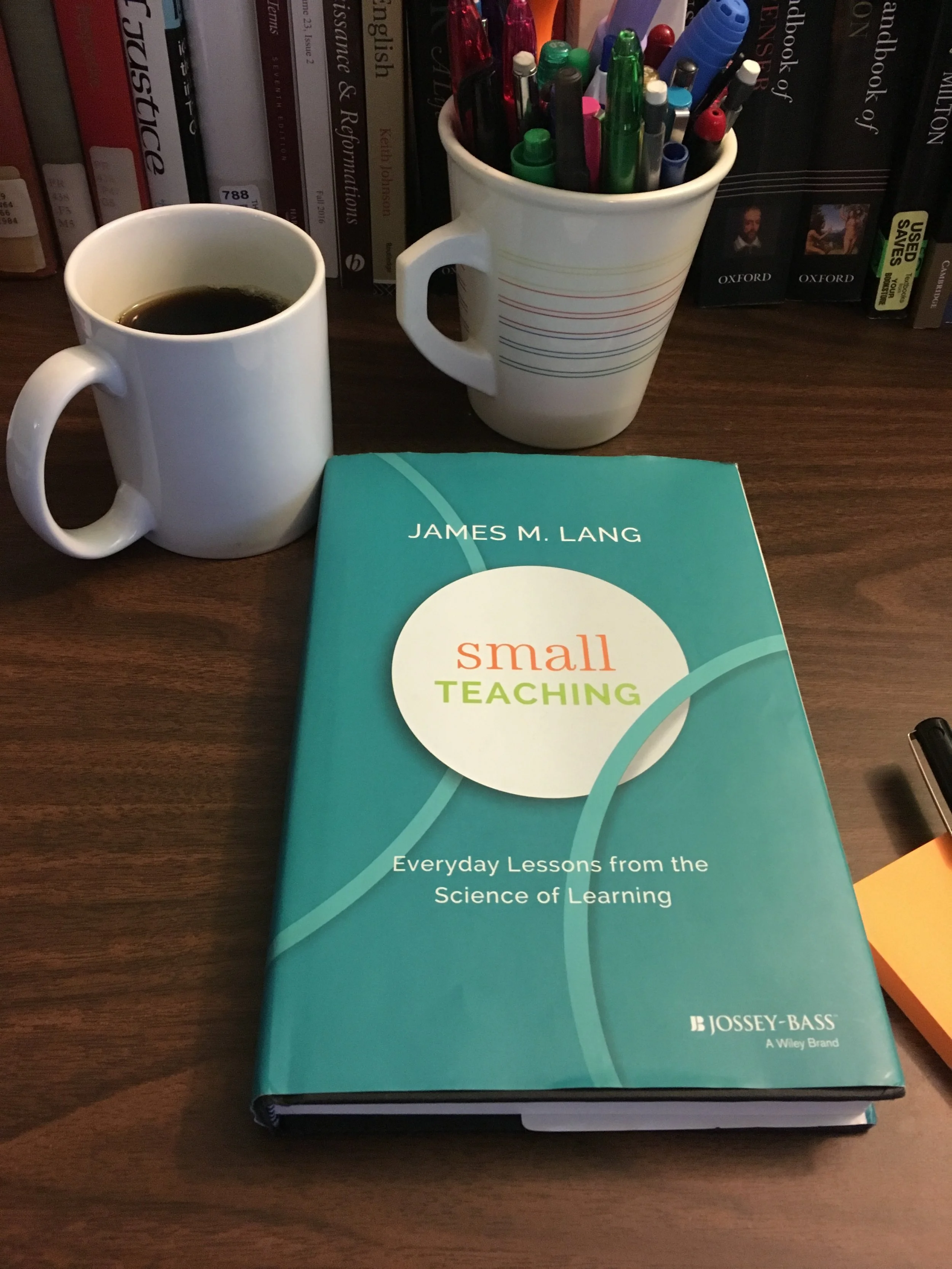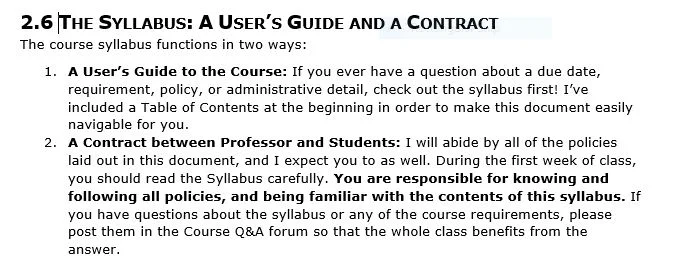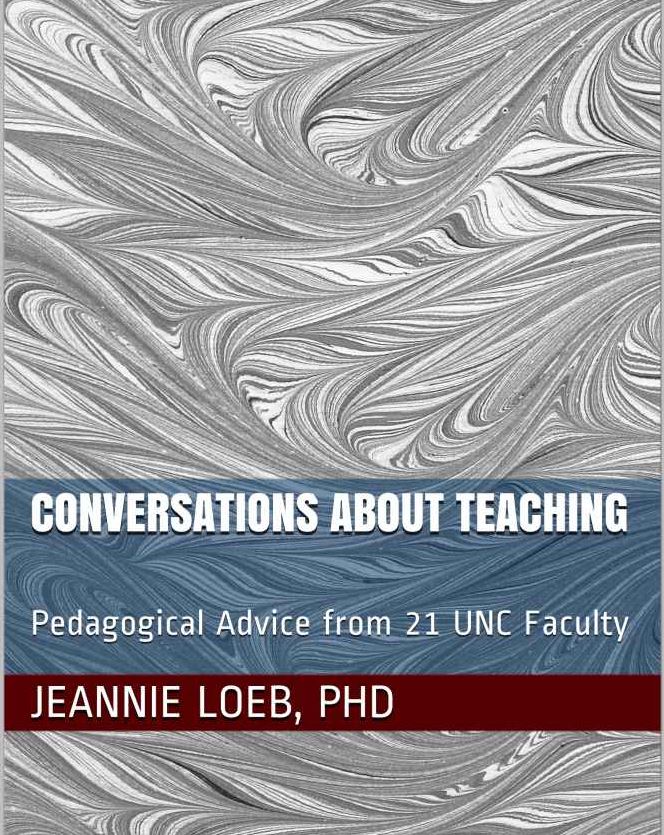Small Teaching: A Practical and Inspirational Resource for Teachers
From time to time, I will use this space to share reviews of teaching-oriented resources. Today, I’m starting with Small Teaching by James M. Lang.
The best thing about Small Teaching is Lang’s deft ability to balance theory with practical advice. The title alludes to “small ball,” a strategy in baseball in which a team succeeds through the accretion of small victories, stealing a base here or there rather than relying upon dramatic home runs. Lang carries that analogy to teaching, suggesting that this book will primarily include small-scale teaching ideas that could be implemented in a relatively low-impact way, but that cumulatively, the “small teaching” effect can be transformative.
Overall, this approach is a brilliant idea. Completely overhauling a course is daunting and requires a degree of advance planning that’s not always possible. In contrast, many of the practical ideas that Lang suggests could be woven into a class that’s already in-progress.
The book’s three parts, each subdivided into three additional topics, are titled “Knowledge,” “Understanding,” and “Inspiration,” moving from what teachers traditionally (but perhaps mistakenly) think of as “simpler” domains such as information retrieval to more complex arenas such as motivation and personal growth. Each chapter follows the same structure:
- Theoretical background on the concept
- Practical models for implementing the concept
- Principles for folding the concept into your own teaching
- Quick tips for using the concept in your teaching now
Lang deftly balances the theoretical with the practical. He introduces each concept with an anecdote from his own experience, and then unfolds the idea in greater depth with engaging, concise support from research in educational psychology and cognition. For instance, one teaching concept that was entirely unfamiliar to me is “interleaving,” which is the practice of weaving together old and new material rather than moving through the content in sequential blocks. On a first impression, it’s not immediately apparent why this would be a good thing (wouldn’t students find it confusing to shuffle between subjects?), and yet the accumulation of Lang’s own experience, the advice of other expert teachers, and scholarly studies persuades me that interleaving may be worth trying. Indeed, I’ve structured the syllabus in one of my classes this semester to make use of interleaving, by weaving the reading of two long literary works together – we’ll see how it goes!
Small Teaching contains a treasure hoard of practical examples that could be incorporated into classes at almost any point. Some of these are things that many teachers already know about, such as including brief opening and closing activities to reinforce knowledge, stimulate recall, or make connections with prior material; however, even these familiar activities are contextualized in such a way that they seem fresh and exciting. Even picking up this book for ten minutes while you’re eating breakfast could potentially yield something to be incorporated into class that very day.
Lang’s engaging tone creates the impression of an experienced colleague sharing his insights about teaching. At times I found him anticipating and addressing some of my objections or questions, which is always a pleasant experience when you’re reading. In the chapter on “Practicing,” Lang talks about the benefits of analyzing the specific skills needed to complete an assessment and making sure that students have the opportunity to practice those skills in your class. For example, students giving a presentation must be proficient with creating visually- and textually-balanced slides, pacing their public speaking, etc., and Lang suggests devoting class time to teaching and practicing these kinds of skills. He acknowledges that teachers might object that students should already have learned basic writing and public speaking elsewhere before coming into the class, but that educational research and his own experience suggest that this kind of practice is crucial (128-9). I wasn’t entirely persuaded by this argument – after all, how can every course be expected to teach all of the prerequisite skills and knowledge needed to be successful in its assessments? Nonetheless, I appreciated the fact that Lang addressed a question that had immediately arisen in my mind.
In the months since I read this book, insights from Small Teaching have continued to surface in my memory and quietly inform my instructional practice. It’s an essential addition to any teacher’s library.
Works Cited
Lang, James M. Small Teaching: Everyday Lessons from the Science of Learning. Jossey-Bass, 2016.





